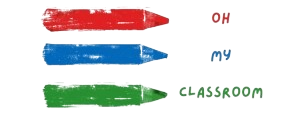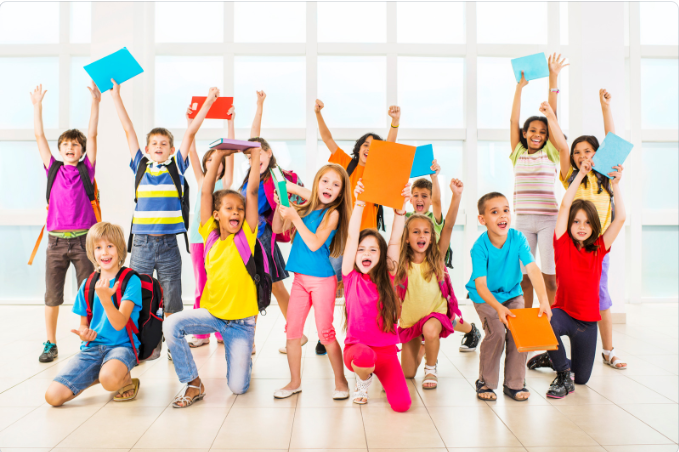Back to school season can be an exciting time for preschoolers, as they prepare to embark on a new journey of learning and exploration.
As parents and teachers, it’s important to set the tone for the school year and make the transition as smooth as possible.
One way to do this is by incorporating fun and engaging activities that help build important skills and foster a love of learning.
Now, we’ll explore back to school activities for preschoolers that are sure to make the first few weeks of school a success.
From sensory play to art projects and science experiments, there’s something for every little learner on this list.
Name Writing Practice:
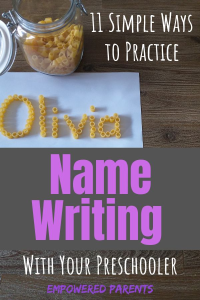
Learning to write their own name is a big milestone for preschoolers, and it’s a skill they’ll use throughout their academic careers. To make name-writing practice fun, have children use different materials like chalk, paint, or even shaving cream to write their names. You can also create a name puzzle using wooden letters, and have them match the letters to spell out their name.
Sensory Bins:

Sensory play is not only fun for preschoolers, but it also helps develop fine motor skills and encourages exploration. Create a sensory bin by filling a container with materials like sand, rice, or even water beads, and add small toys or objects for children to discover and manipulate. This activity is also great for teaching colors, counting, and sorting.
Related: 20 Easy and Fun Messy Play Ideas for Toddlers
Alphabet Scavenger Hunt:
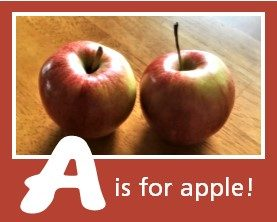
This activity is perfect for getting preschoolers up and moving while learning their letters. Create a list of items that start with each letter of the alphabet, and have children search for them around the classroom or schoolyard. For example, A could be an apple, B could be a book, and so on.
Related: 25 Palm Sunday Activities for Preschoolers
Science Experiments:
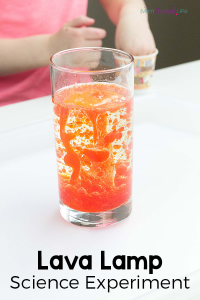
Preschoolers are naturally curious and love to explore the world around them. Incorporate science experiments into your back to school activities by creating simple experiments that teach basic concepts like cause and effect or gravity. For example, fill a jar with water and add food coloring and oil to create a lava lamp effect.
Name Tracing:
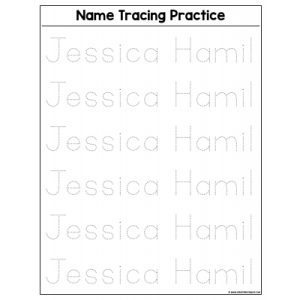
Similar to name-writing practice, name tracing is another great way to help preschoolers learn to write their names. Print out their name in large letters on a piece of paper, and have them trace over it with different materials like crayons, markers, or paint.
Art Projects:

Art projects are a fun and creative way for preschoolers to express themselves while building fine motor skills. Try creating a collage with different materials like tissue paper, buttons, and feathers, or have children paint with their feet to create a unique masterpiece.
Letter Matching Game:
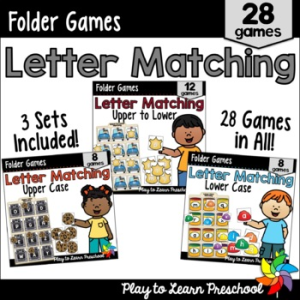
To reinforce letter recognition, create a letter-matching game using foam letters or magnetic letters. Write uppercase letters on one set of cards and lowercase letters on another set, and have children match the uppercase and lowercase letters together. This activity is also great for teaching letter sounds.
Shape Sorting:

Teaching shapes is an important part of preschool education. To make it more engaging, create a shape-sorting activity using various objects like blocks, foam shapes, or cutouts of different shapes. Have children sort the objects by shape and place them into the corresponding holes on a board or into different bins.
Color Mixing:
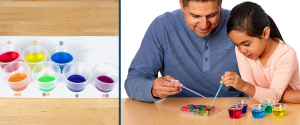
Learning about colors can be a lot of fun for preschoolers. Try a color mixing activity where children experiment with mixing primary colors to create secondary colors. Provide cups of red, blue, and yellow paint, and have children mix them together to create orange, green, and purple.
Counting with Play-Dough:
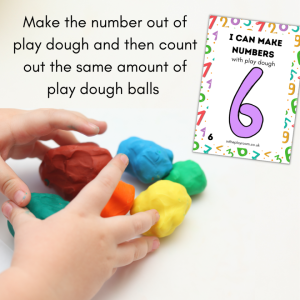
Playdough is a great sensory material that can also be used for teaching math concepts. Create number cards and have children count out the corresponding number of objects using play dough. For example, for the number 6, they can create six balls of play dough.
Puzzles:
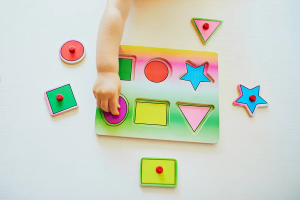
Puzzles are a great way for preschoolers to develop problem-solving skills and improve hand-eye coordination. Choose puzzles with age-appropriate themes and difficulty levels, and provide assistance as needed.
Related: 25 Vocabulary Activities for Kindergarten & 1st Grade
Story Time:
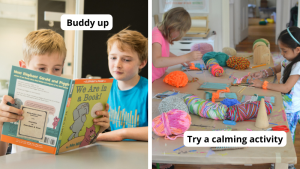
Reading to preschoolers helps develop language and literacy skills, as well as fostering a love of reading. Incorporate story time into your back to school activities by choosing books that relate to the theme of starting school, making friends, or learning new things.
Play Restaurant:
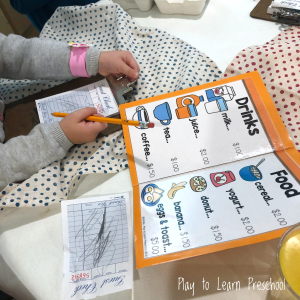
Playing a restaurant is a fun way for preschoolers to learn about money, counting, and social skills. Set up a pretend restaurant area and have children take turns being the server or the customer. Provide play money and menus for a more immersive experience.
Building Blocks:
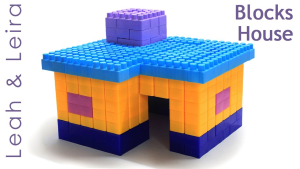
Building blocks are a classic toy that provides endless opportunities for creativity and imagination. Encourage preschoolers to build towers, houses, and other structures using different shapes and sizes of blocks. This activity helps develop spatial awareness and problem-solving skills.
Nature Walk:
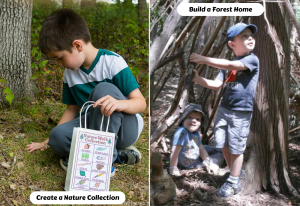
Taking a nature walk is a great way for preschoolers to learn about the world around them. Take a walk outside and have the children collect items like leaves, rocks, and sticks. After the walk, have them sort the items by type and count them.
Musical Chairs:
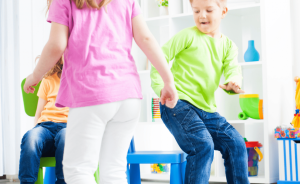
Musical chairs are a classic game that preschoolers love. Play music and have children walk around a circle of chairs. When the music stops, they must quickly sit down in a chair. Remove one chair each round until only one child is left standing.
Playdough Letter Formation:
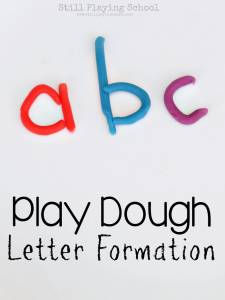
Another fun way to practice letter formation is using playdough. Have children roll the playdough into long thin ropes and then form the ropes into letters. This is a great way to develop fine motor skills while learning letters.
Dress Up:
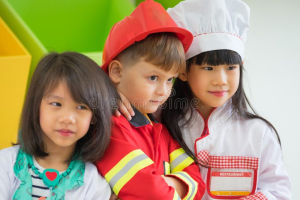
Playing dress-up encourages imagination and creativity while also developing social skills. Provide a variety of dress-up clothes and accessories and have children take turns playing different roles like doctor, firefighter, or chef.
Simon Says:
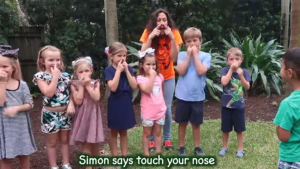
Simon Says is a classic game that preschoolers love to play. One child is chosen to be “Simon” and gives commands to the other children, such as, “Simon says touch your nose” or, “Simon says jump up and down”. Children must only follow commands that start with “Simon says”. If they follow a command without “Simon says”, they are out.
Patterning:
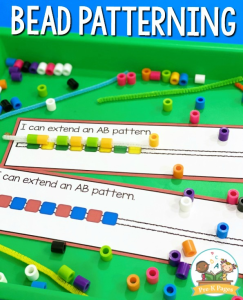
Patterning is a foundational math concept that can be taught using various materials like blocks, beads, or even snacks like Cheerios. Create a pattern using two or three objects and have children continue the pattern. This activity helps develop critical thinking and problem-solving skills.
